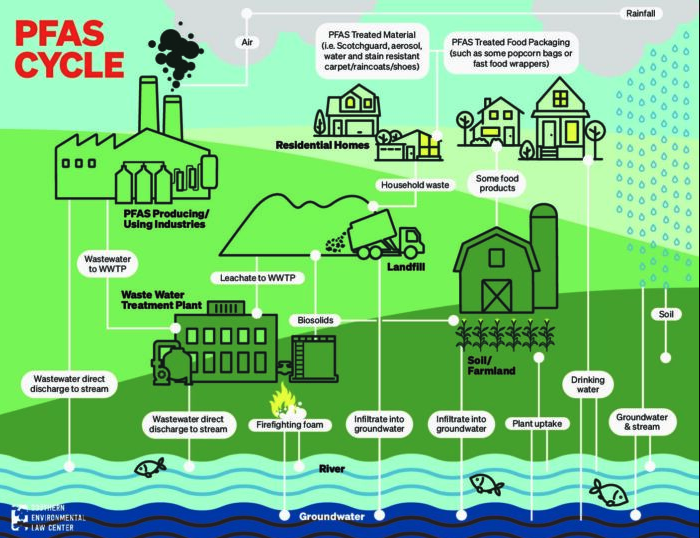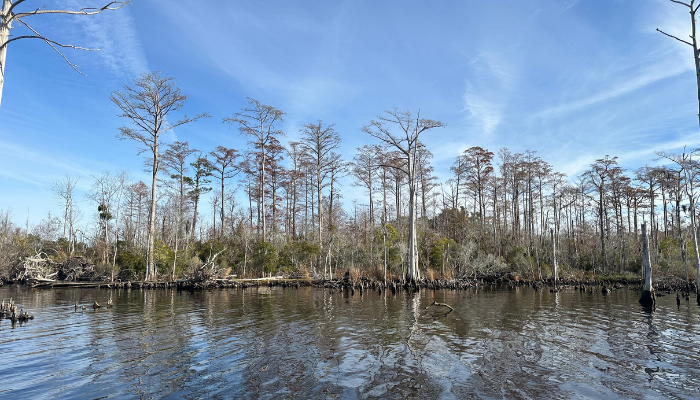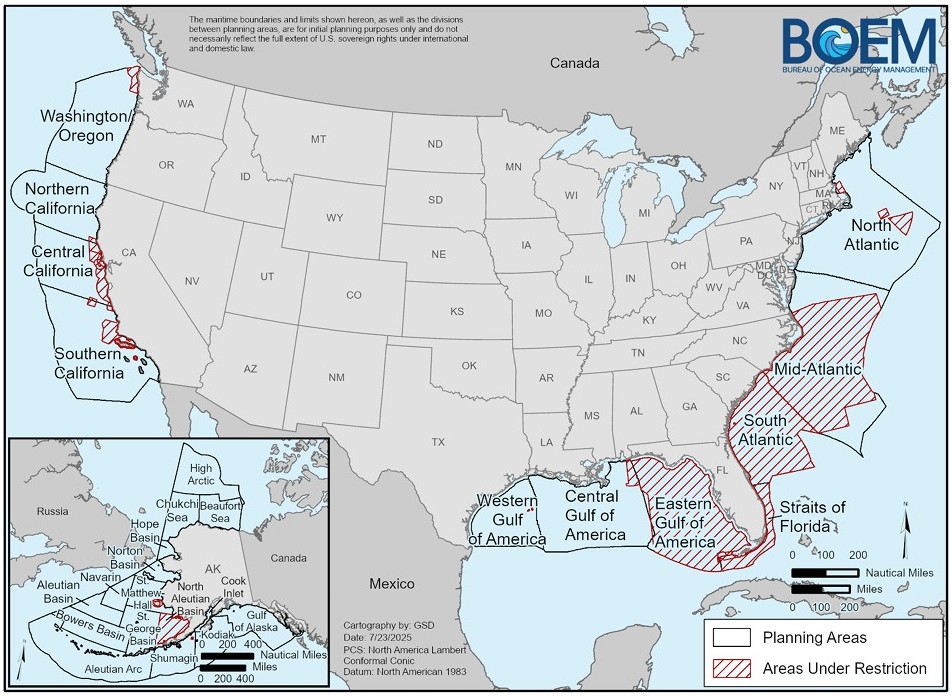
The Environmental Protection Agency is proposing to add nine per- and polyfluoroalkyl substances, including GenX, to its list of chemicals that should be treated as hazardous waste.
EPA Administrator Michael Regan signed the proposal Wednesday to modify the Resource Conservation and Recovery Act, or RCRA, to include the nine PFAS, their salts, and their structural isomers, according to a release.
Supporter Spotlight
PFAS are manmade chemical compounds that are resistant to heat, water and grease and used to make a host of consumer products, including stain-resistant carpet, carpet cleaning products, food packaging, furnishings, cosmetics, outdoor gear, clothing, adhesives and sealants, firefighting foam and nonstick cookware.
A number of these chemicals can be found in drinking water sources in the state, including the Cape Fear River.
The Cape Fear is the drinking water source for tens of thousands in the region. Residents in that area were made aware six years ago that the Chemours Fayetteville Works plant more than 70 miles upriver of Wilmington had been discharging PFAS into the river for decades.
The EPA has evaluated toxicity and epidemiology information on the nine PFAS and determined that the chemical compounds meet the criteria to be listed as RCRA hazardous constituents, or those that are subject to treatment, according to the release.
“This change would facilitate additional corrective action to address releases of these specific PFAS at RCRA hazardous waste treatment, storage, and disposal facilities,” the release states. “It would not require the suite of cradle to grave management controls that are associated with a RCRA hazardous waste.”
Supporter Spotlight
Those PFAS include the following:
- perfluorooctanoic acid, or PFOA.
- perfluorooctanesulfonic acid, or PFOS.
- perfluorobutanesulfonic acid, or PFBS.
- perfluorononanoic acid, or PFNA.
- perfluorohexanesulfonic acid, or PFHxS.
- perfluorodecanoic acid, or PFDA.
- perfluorohexanoic acid, or PFHxA.
- perfluorobutanoic acid, or PFBA.
- hexafluoropropylene oxide-dimer acid, or HFPO-DA, more commonly referred to as GenX.
GenX is specific to the Chemours plant in Bladen County.
GenX does not remain long – three days tops – in the human bloodstream, but its health effects continue to be studied.
In 2022, more than 1,000 residents in the Cape Fear River Basin, including Wilmington, Fayetteville and Pittsboro, volunteered to have their blood sampled.
Nearly every one of those who volunteered were found to have PFOA, PFOS, PFHxS and PFNA in their blood streams.
Those synthetic chemicals get into the Cape Fear River from several different sources, including textile and furniture manufacturers, sludge from wastewater treatment plants used as fertilizer, and firefighting foams used at airports.
Scott Faber, Environmental Working Group senior vice president for government affairs, applauded the move.
“Today’s announcement by the EPA will ensure that quick action can be taken to clean up PFAS and will send a powerful signal to industry to be good stewards of their PFAS wastes,” Faber said in a statement.
The EPA will open the proposed changes to the RCRA for public comment once it is published in the Federal Register.








